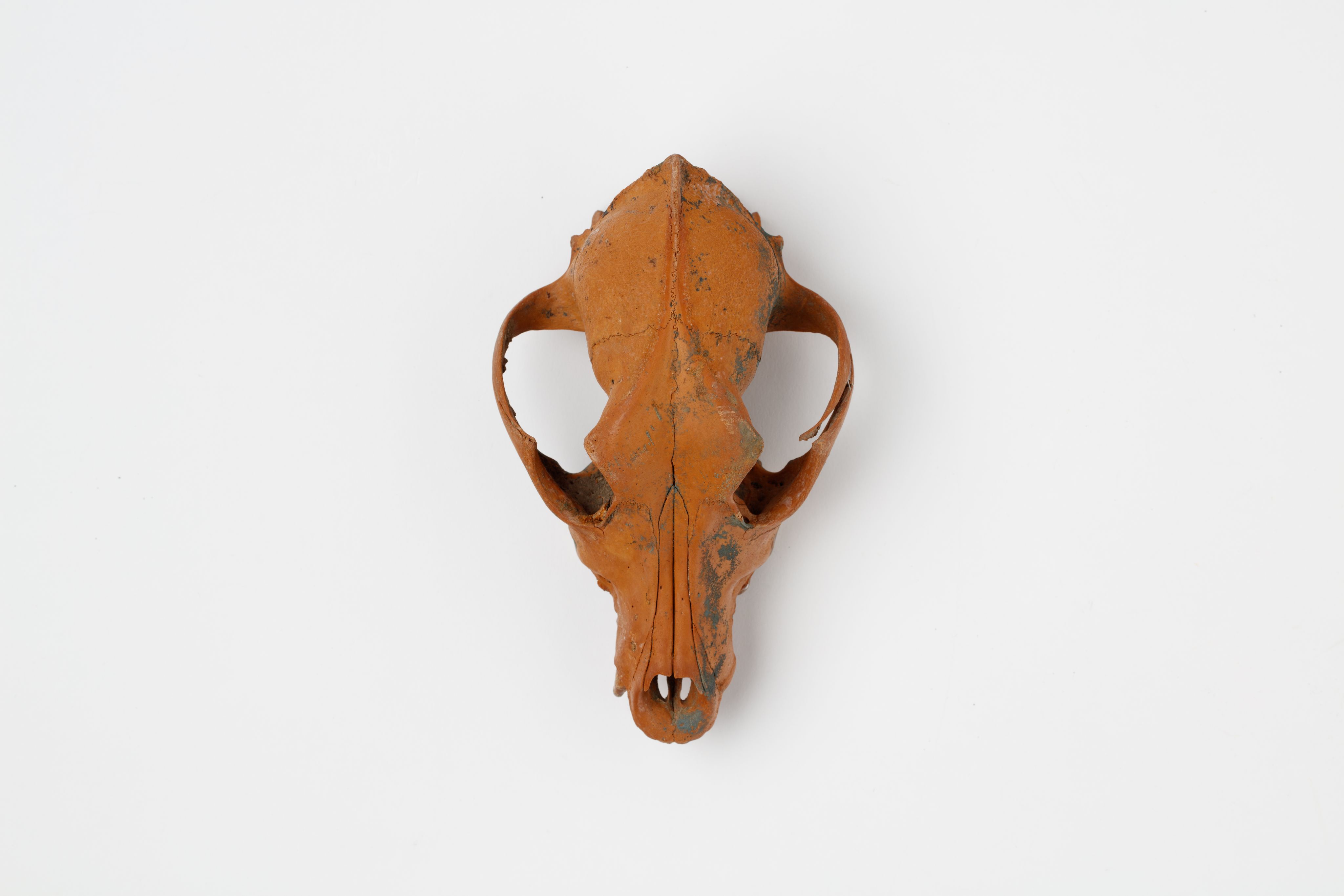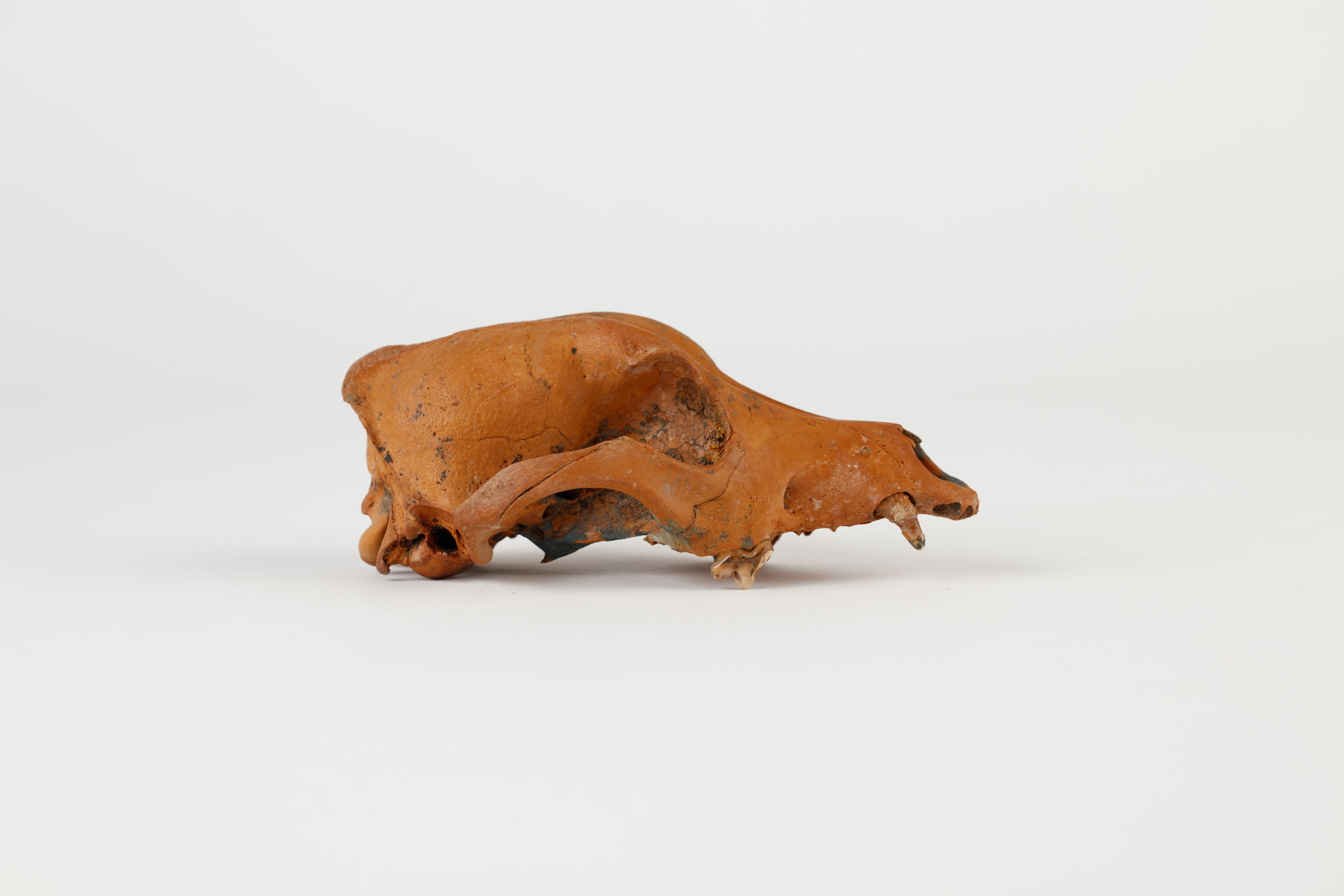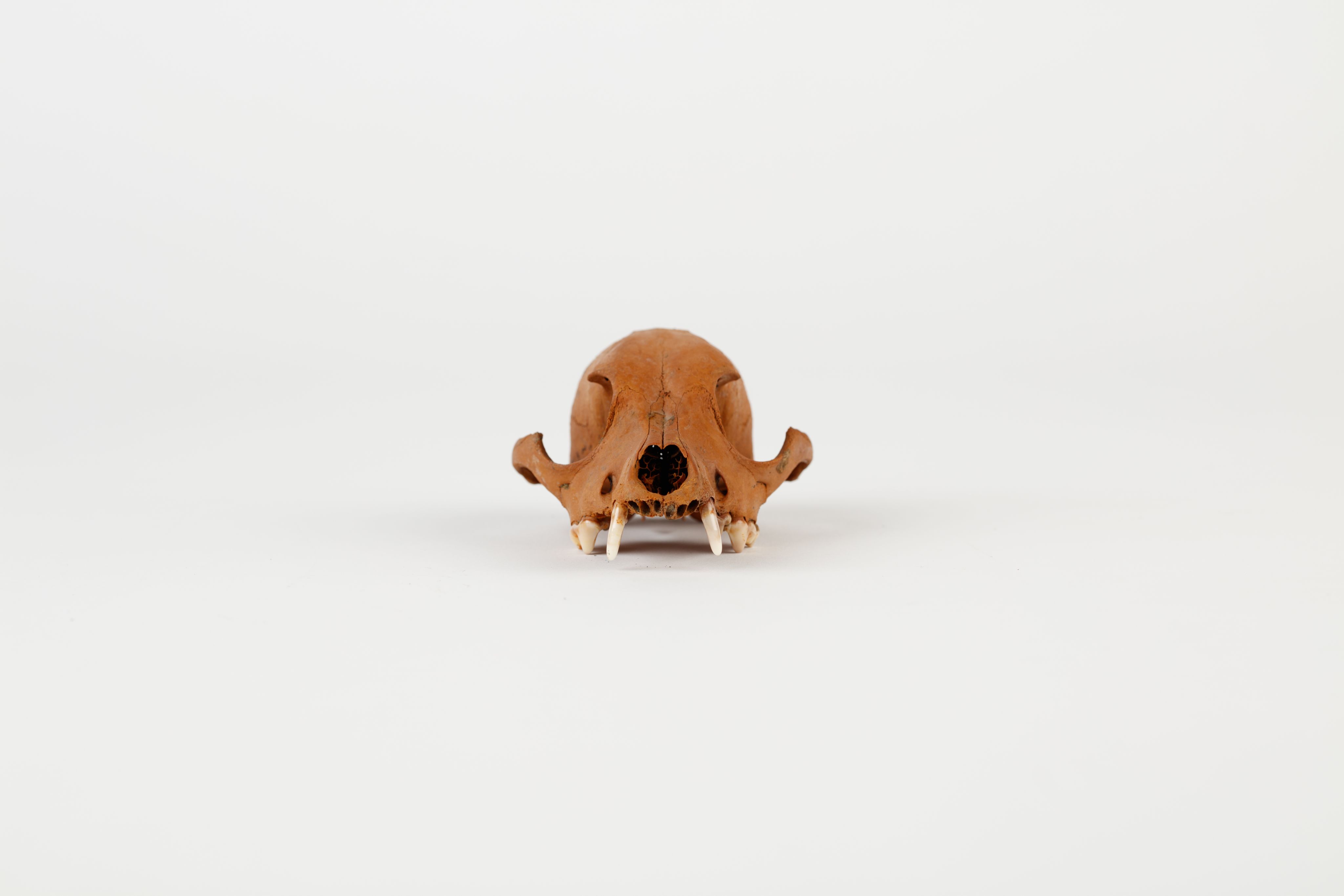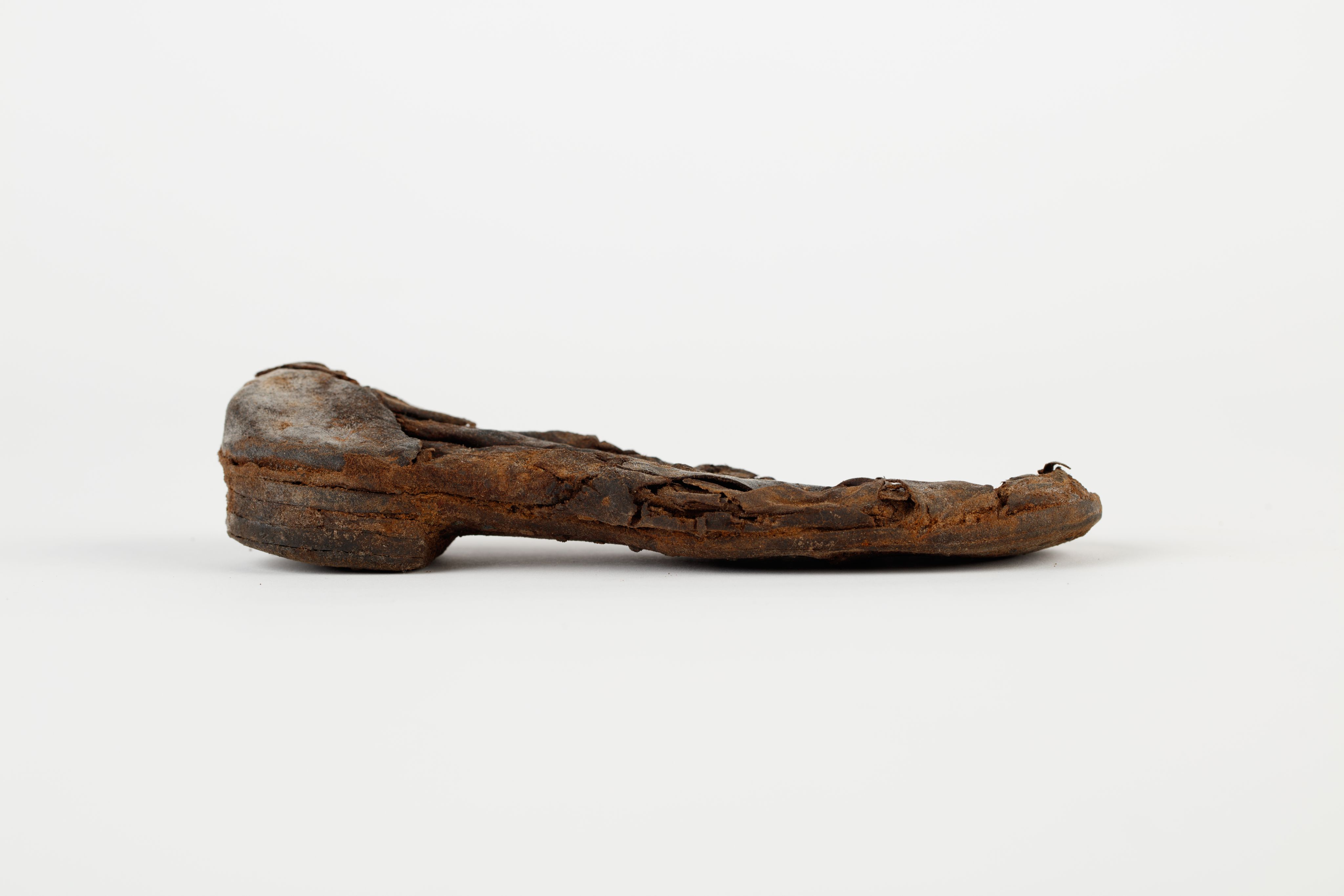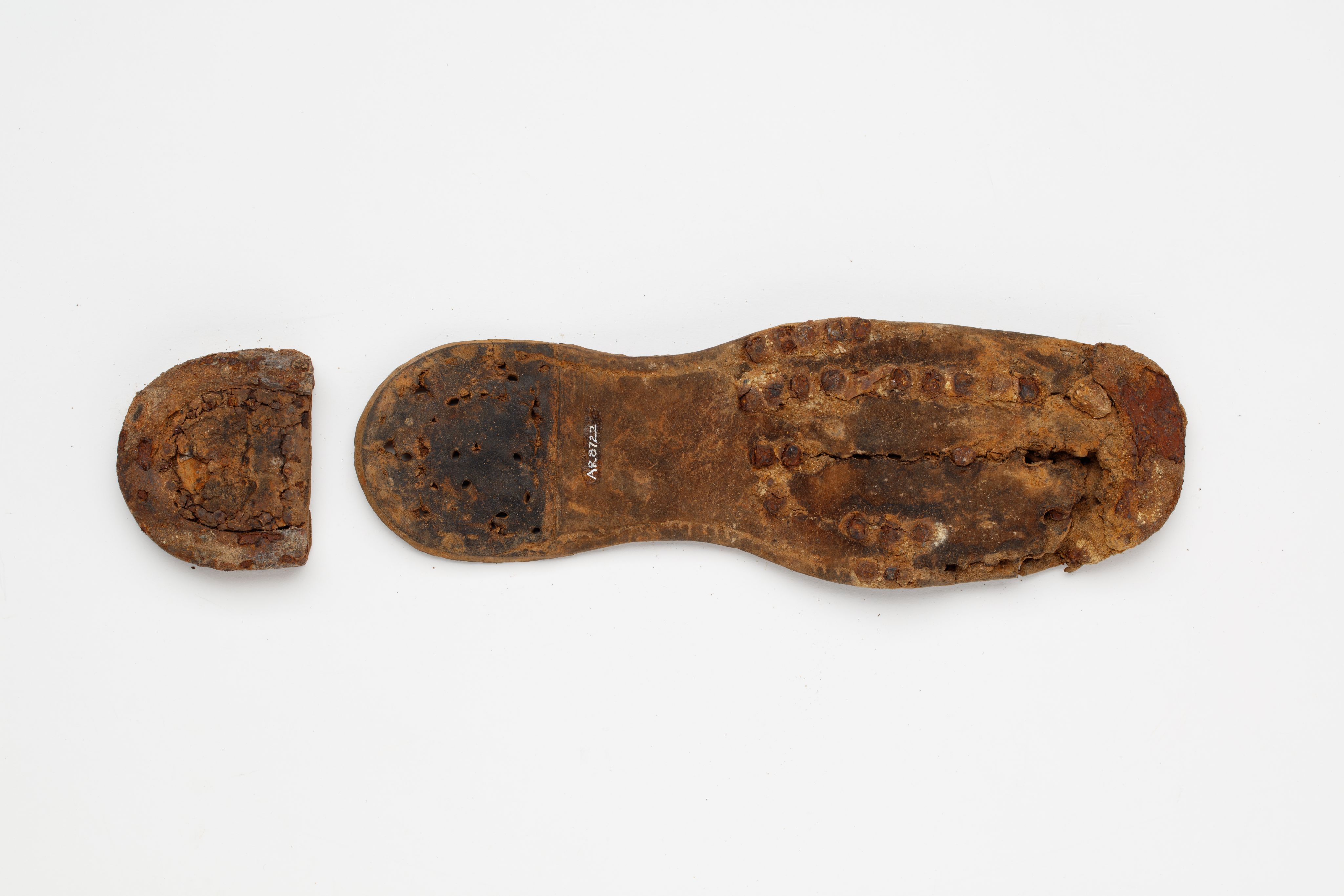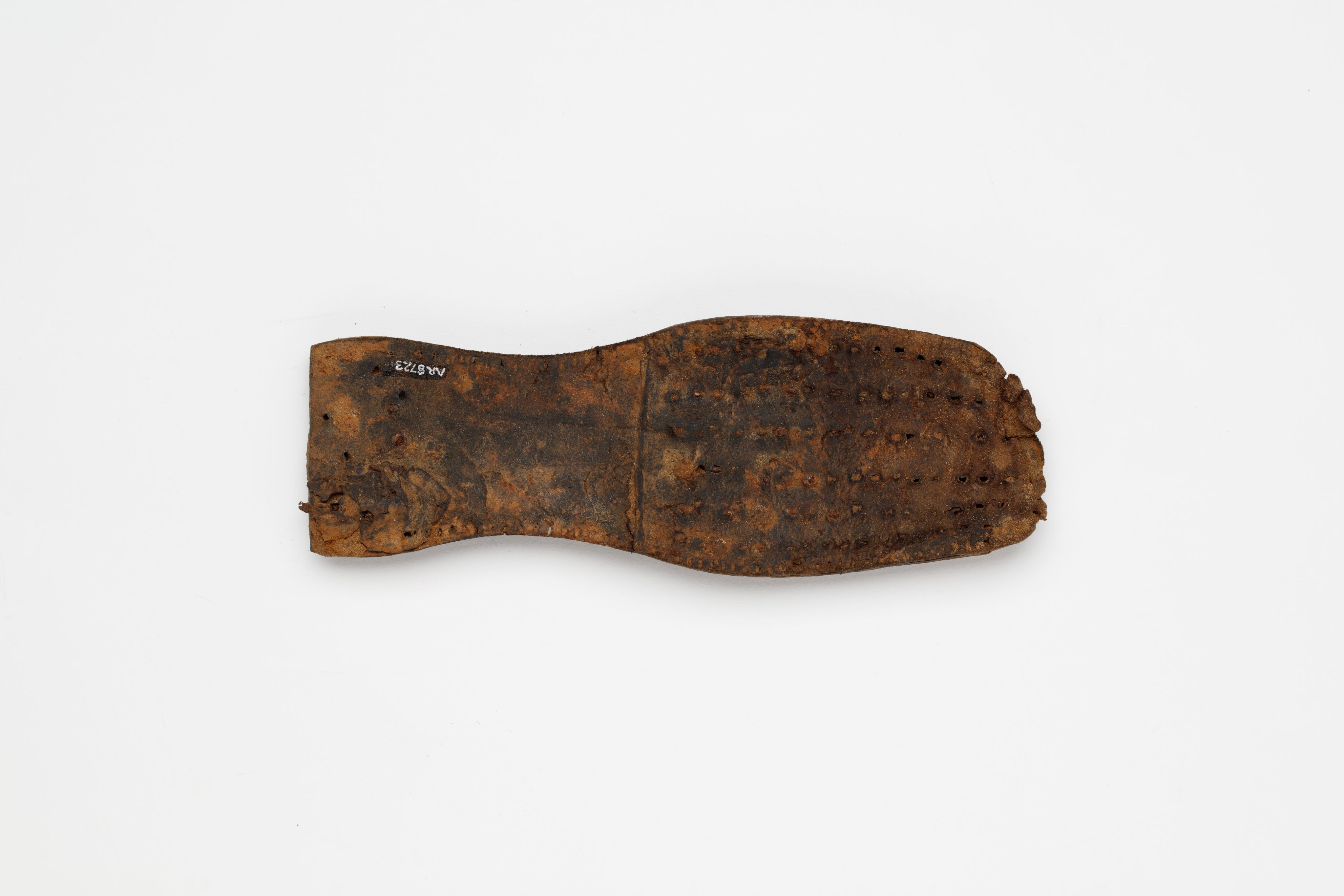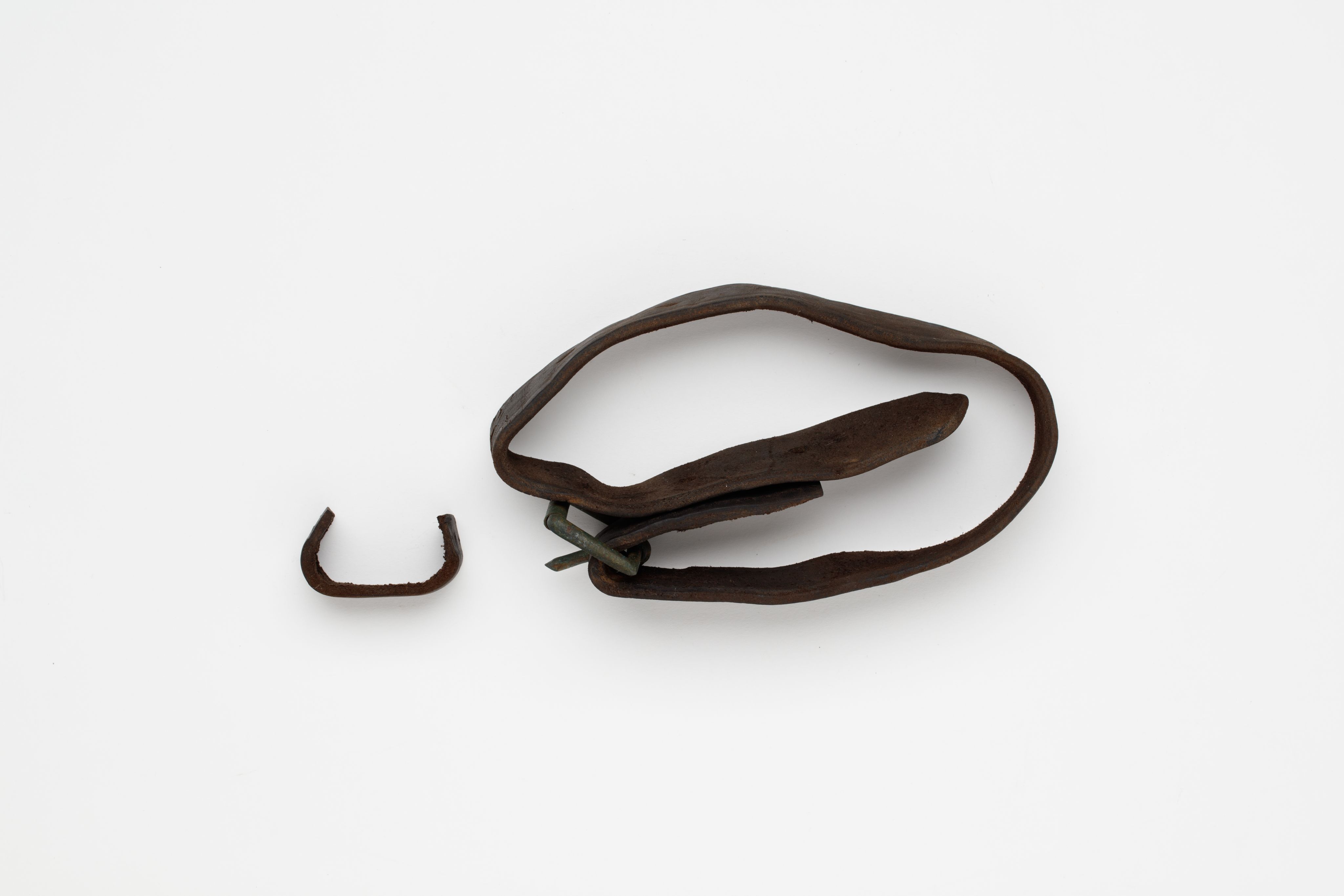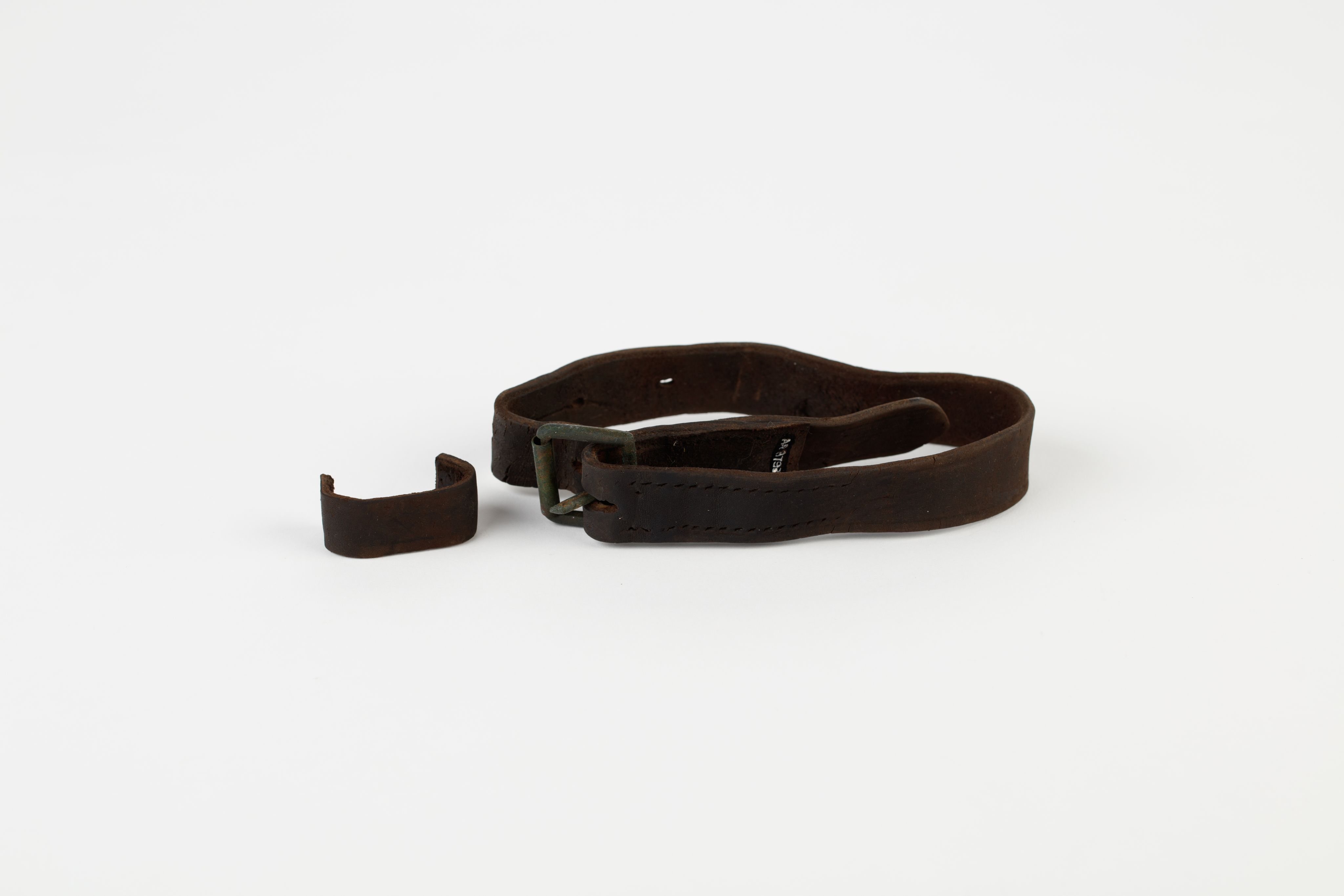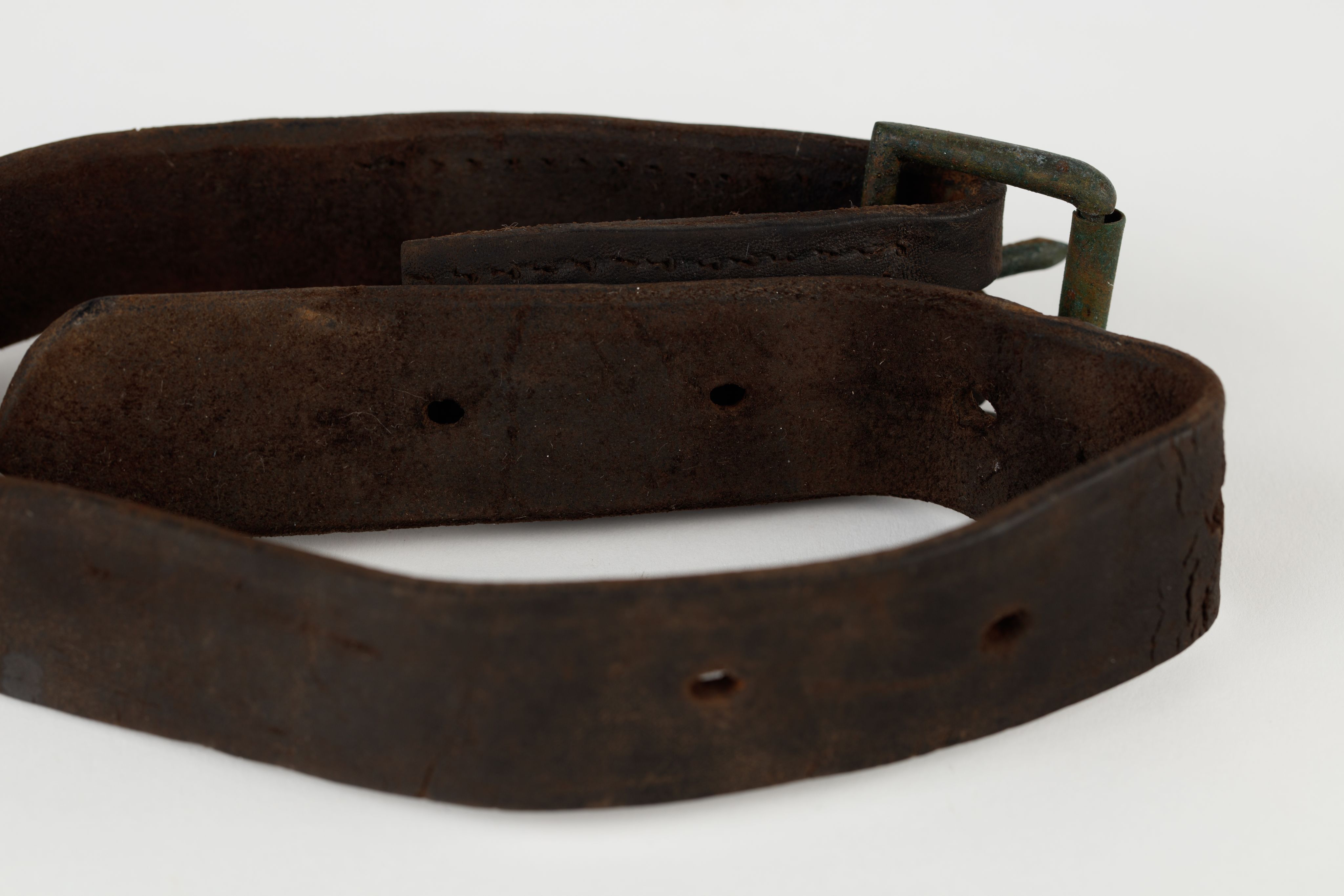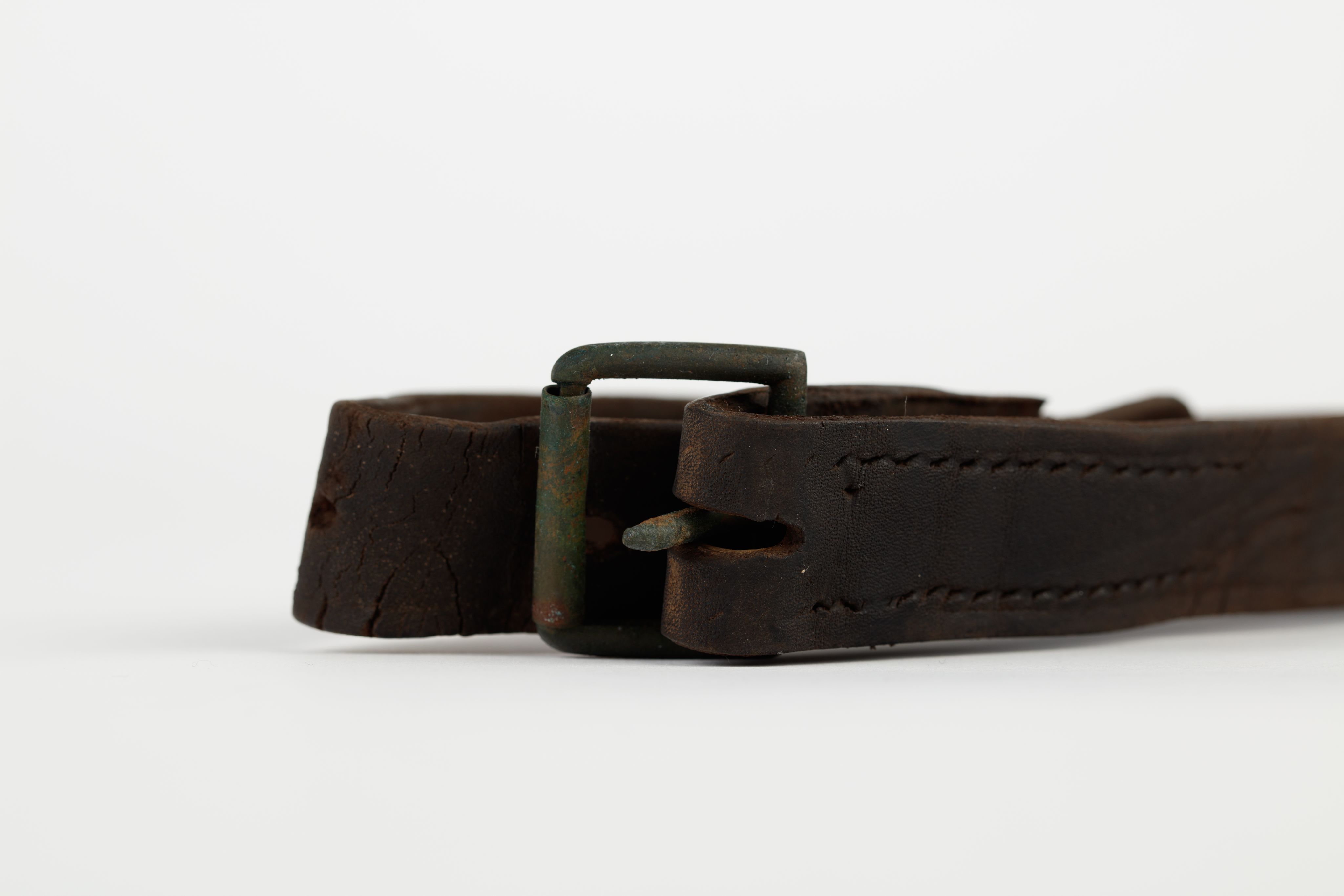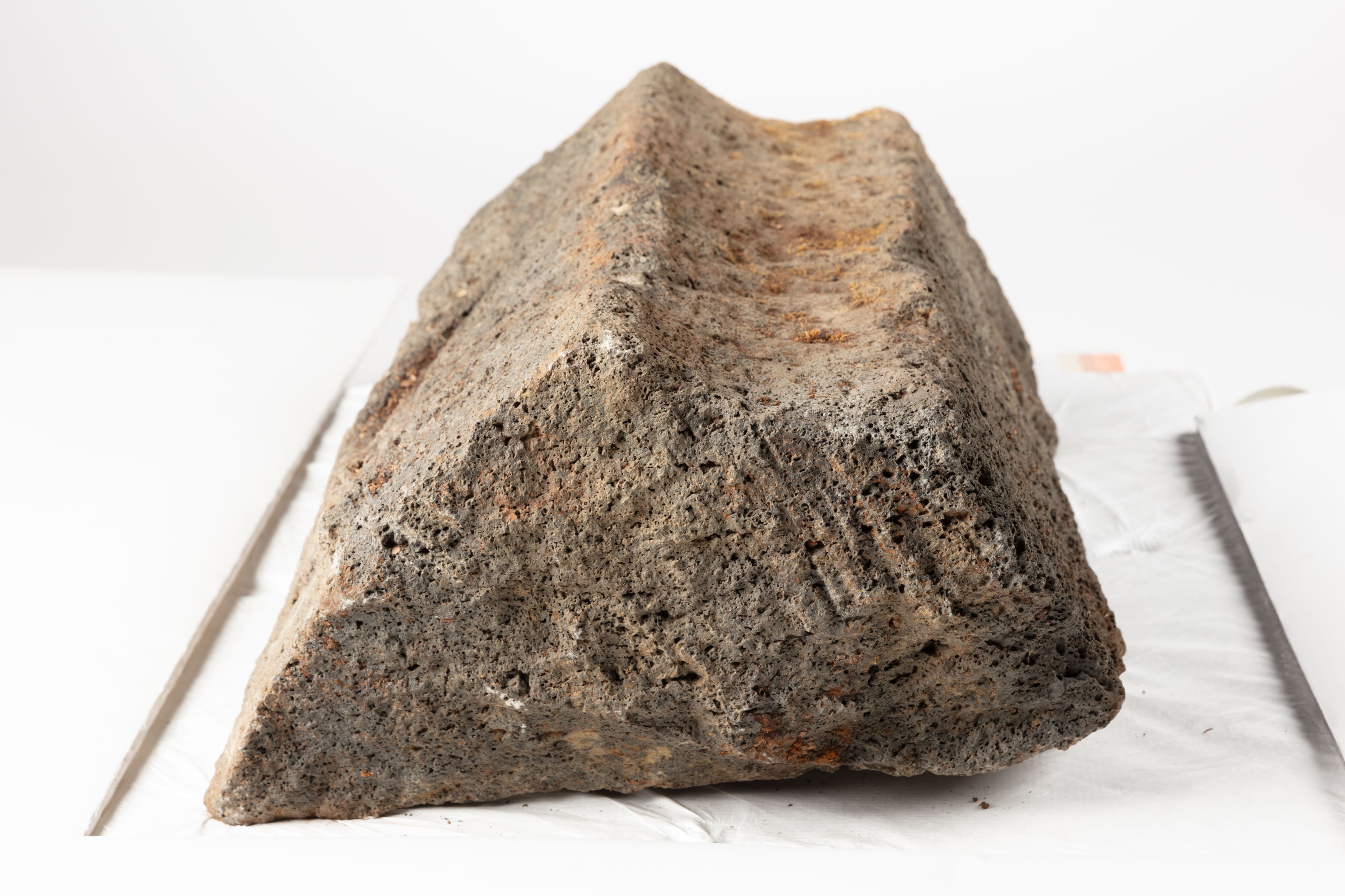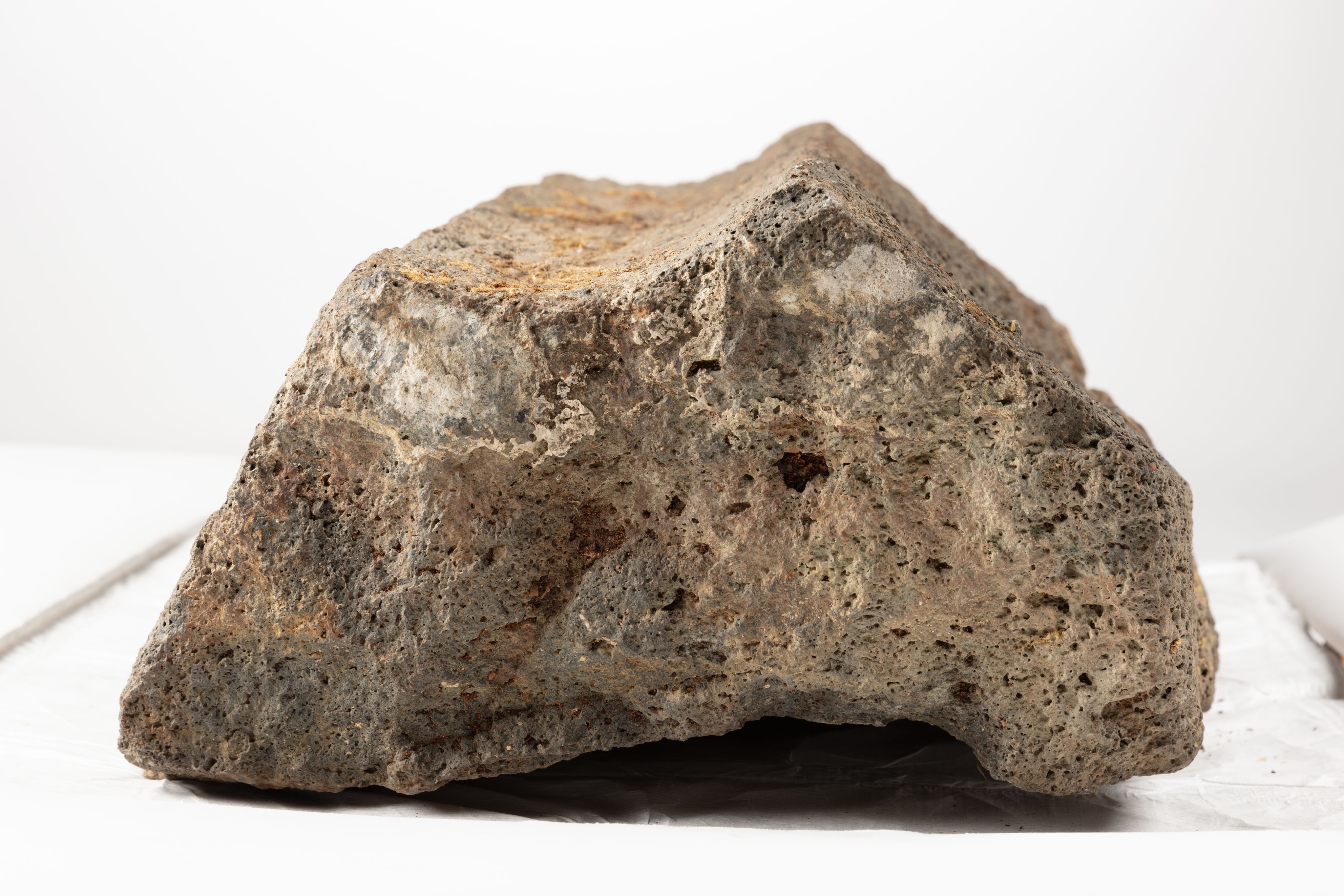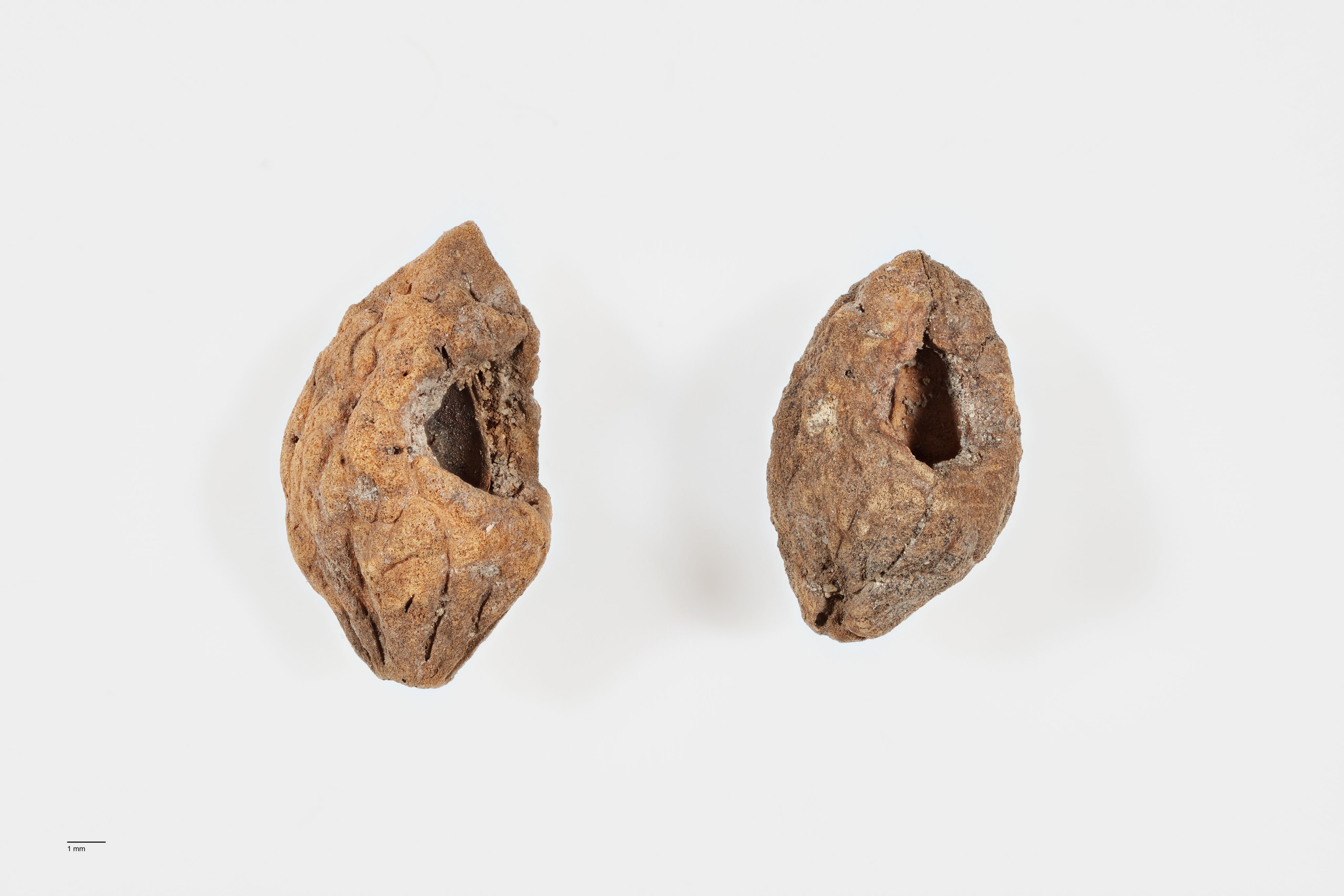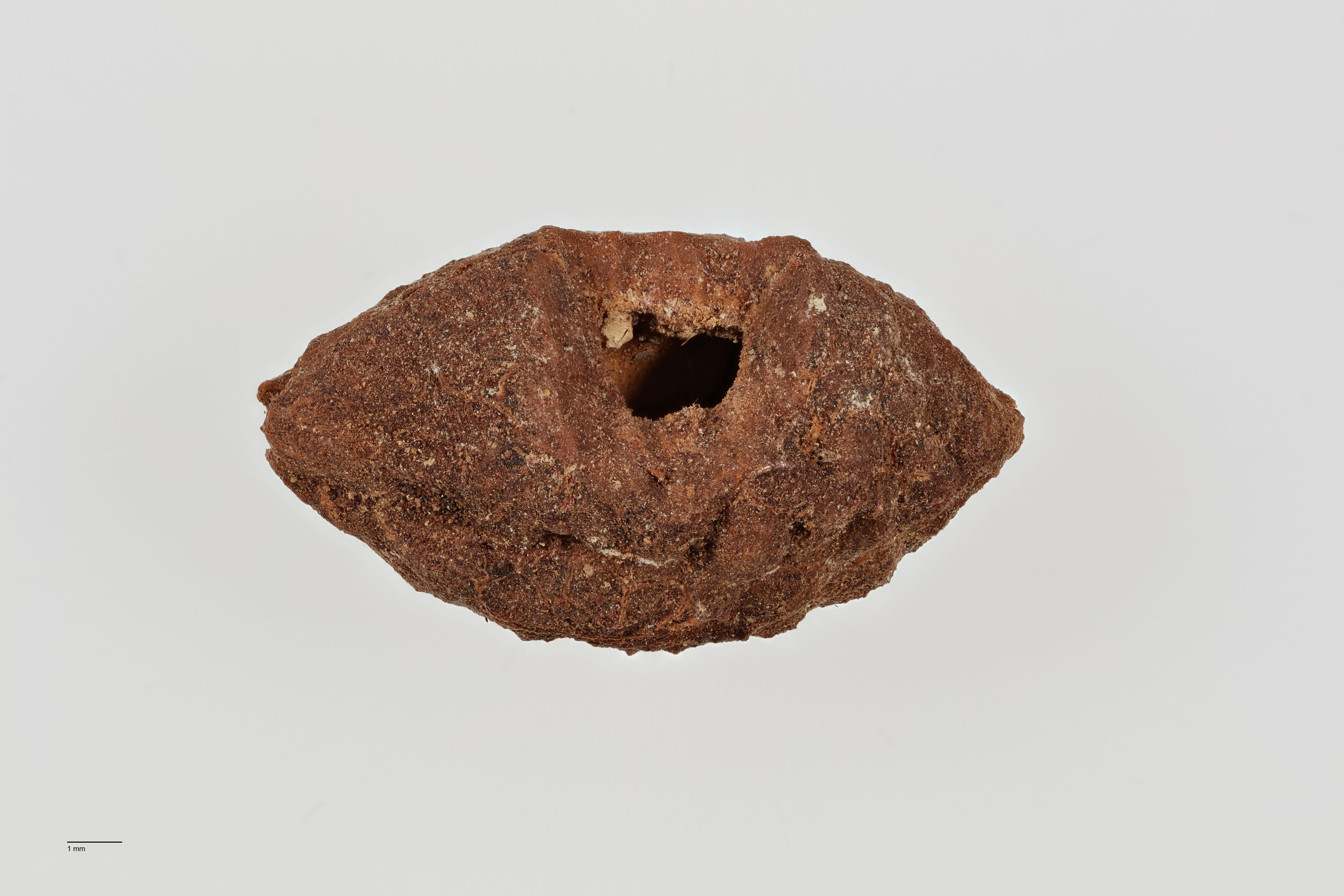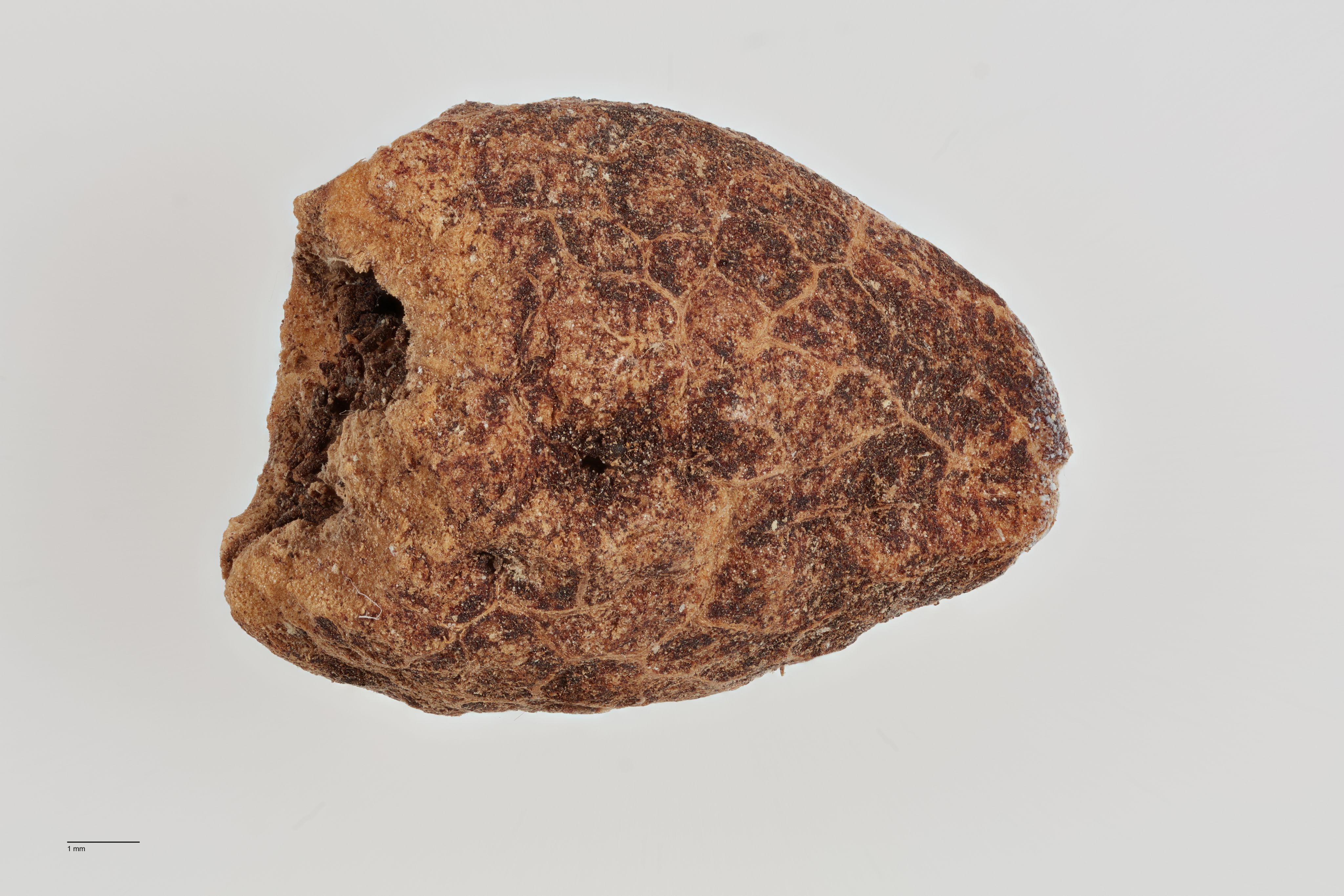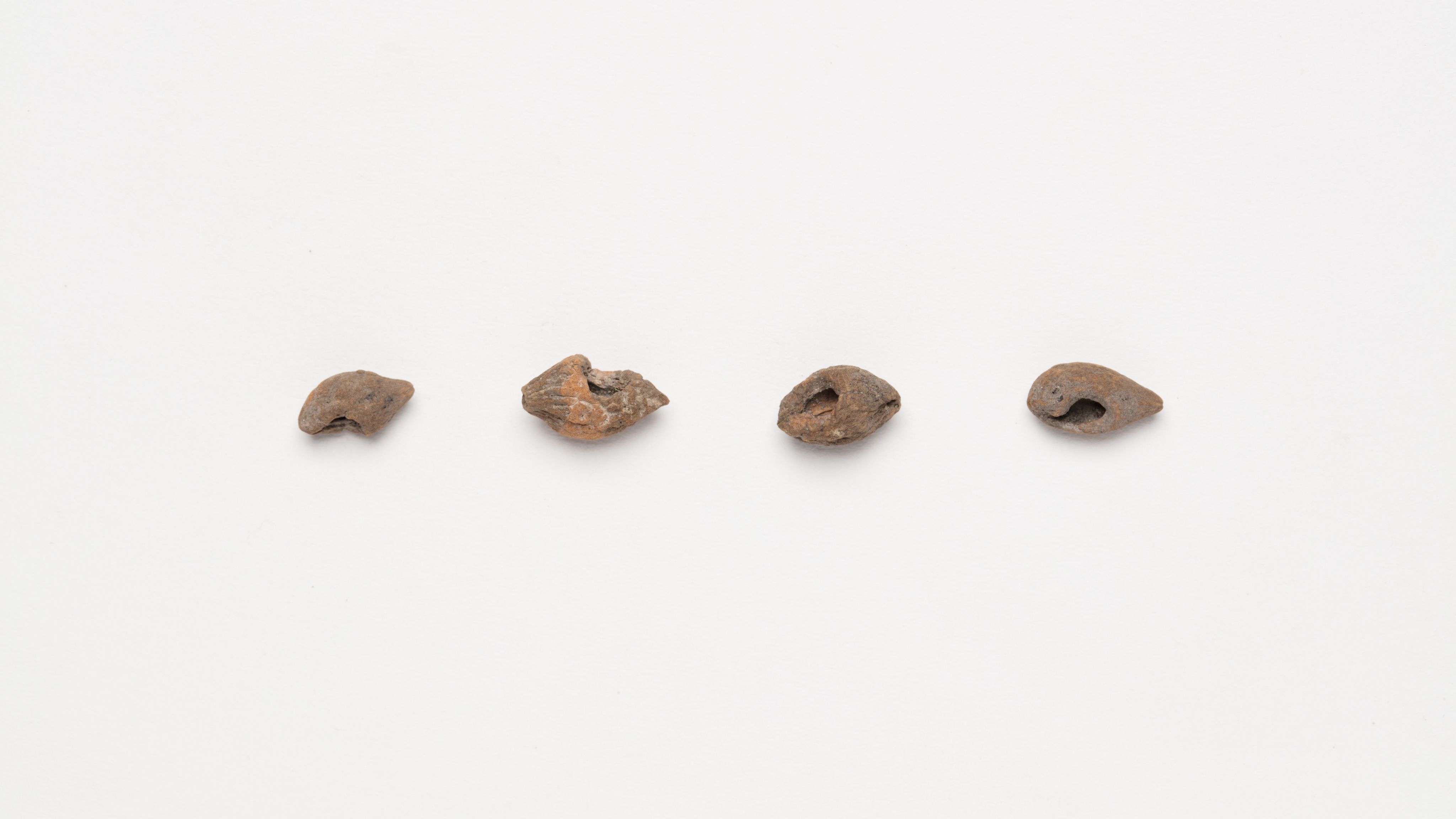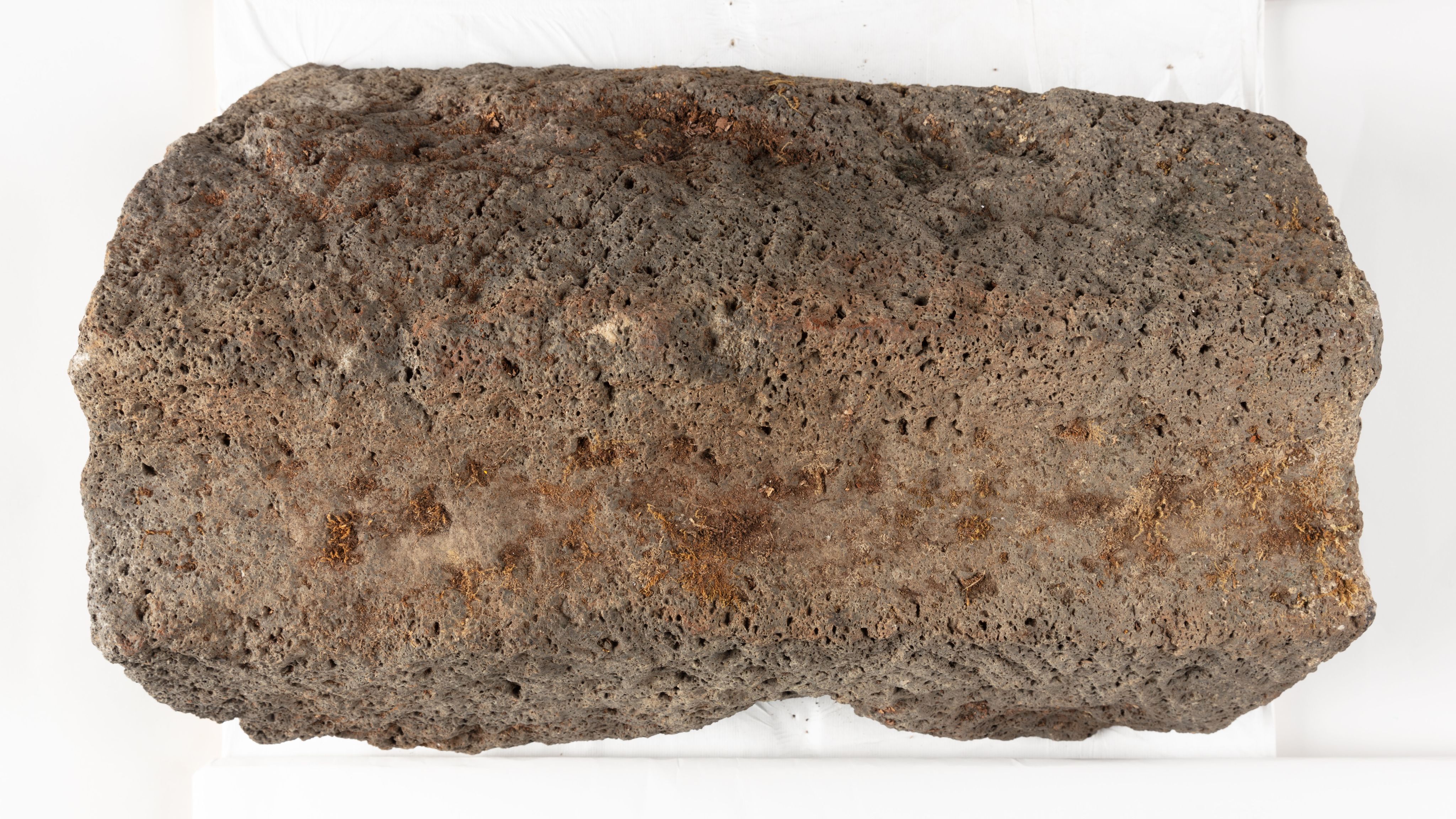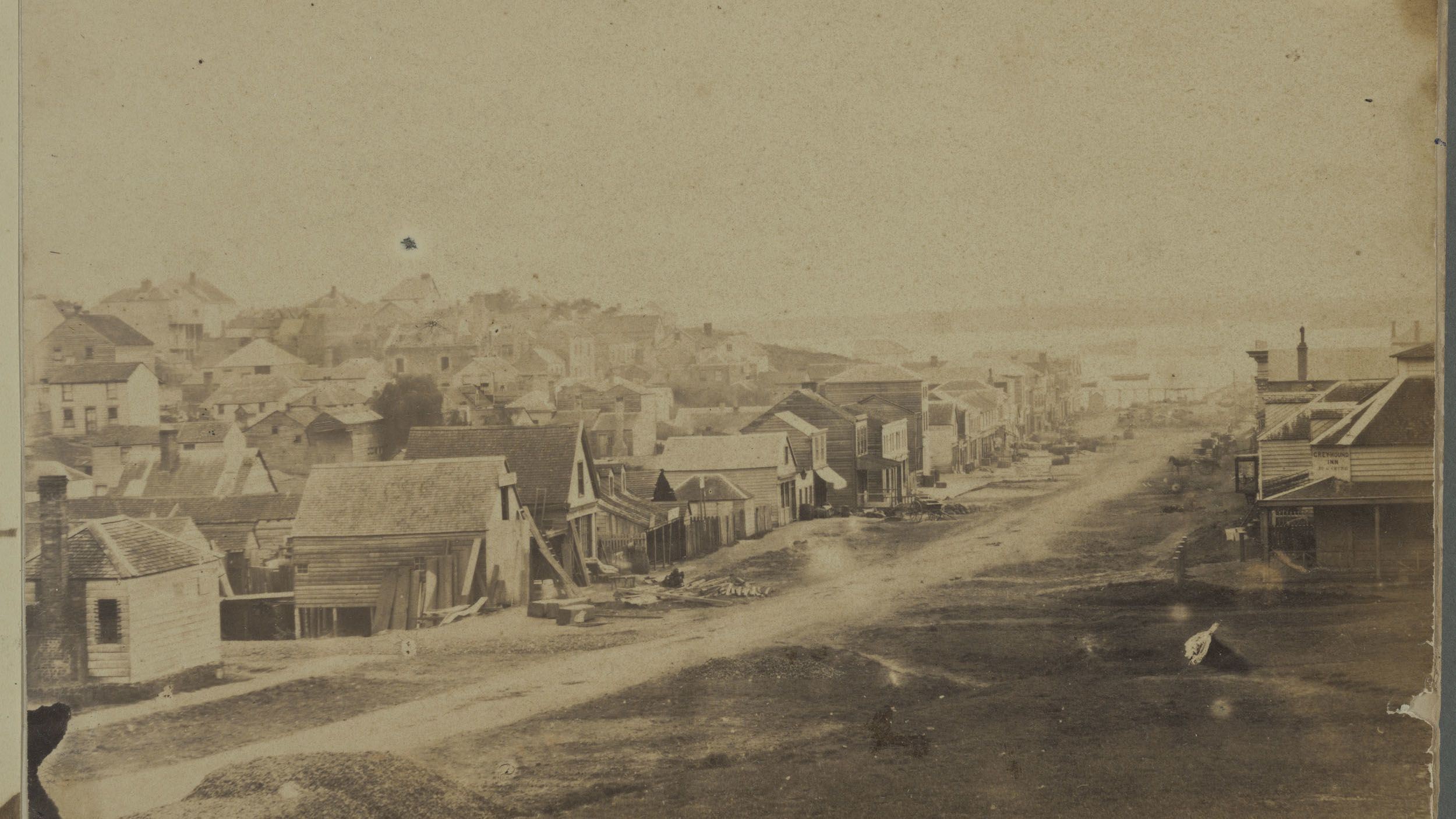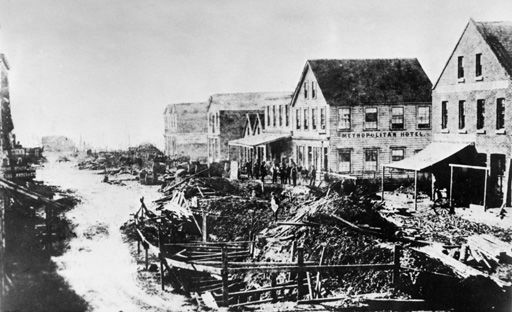Te Wai Horotiu Histories

Introduction
When archaeologists excavated a site on the corner of Queen Street and Victoria Street West in central Auckland in 1987, they uncovered human, animal and plant histories that stretch back hundreds of years to the earliest Māori occupants of Tāmaki Makaurau Auckland. The site was once situated on the banks of Te Wai Horotiu, also known as the Waihorotiu Stream, which today flows through a drain underneath Queen Street. The site was also the location of Auckland’s first jail (also spelled gaol) and animal pound, both built in 1841.
Archaeologist Simon Best uncovered several pre-colonial artefacts beneath a stone lining of the stream that had been constructed by Europeans in the early 1840s. Among the artefacts were small kernels of hinau berries that had been gnawed by kiore (Pacific rats), with their teeth marks still clearly visible. Kiore arrived on the waka (canoes) of the Polynesian ancestors of Māori during their early migrations to New Zealand. The berry kernels, along with the leaf litter and charcoal found beneath them, date back to the late 1200s and help tell the stories of some of the earliest occupants of this area who cleared small areas of mature forest alongside the river to garden and fish.
Archaeologists also found kō and ketu (gardening tools), as well as fragments of woven harakeke (flax), ochre (often used for dyeing) and shell midden, all of which date back to the mid-1500s. The presence of charcoal and fern from this period indicate that by this time much of the forest in the area had been cleared for gardening. This reflected an increase in the population of the area and the seasonal rhythms that Māori followed of planting, fishing, harvesting and filling the storage pits at various sites across the isthmus.
Ropata Pāora of Ngāti Whātua Ōrākei commented in his conversation with Auckland Museum that “to have a remnant in enei taonga (these treasures) that associates us with those histories I think is a beautiful thing. For me, being a descendant of a lot of those lineages, and very proud, it's always about waking up and remaining connected with that heritage … I look at these artifacts and I see life”.
The excavation also revealed remnants of Auckland’s first jail, built only a year after the British government arrived in Tāmaki. The jail ran for around 25 years, until it was replaced by the Mt Eden Prison. Men, women and children were often imprisoned for relatively minor offences such as homelessness, drunkenness and petty theft. Many men were sentenced to hard labour, which involved breaking up rock in the hard labour yard and using it to build many of Auckland’s roads, including Queen Street, Khyber Pass, Mt Eden Road. The jail was cold, damp and rat-infested, with the Waihorotiu Stream running through it, which by then had become an open sewer and often flooded when it rained. Alongside the jail there was an animal pound, which held dogs that had escaped from their owners. Archaeologists found some of their remains in the stream.
The artefacts found at this site reveal centuries of Māori settlement on the banks of the Waihorotiu Stream. They also provide insight into the lives of the poor and incarcerated in early colonial Auckland, who played an important role in building the city but are often overlooked in its histories. Additionally, these artefacts tell us about the shifting relationships between humans, animals and the natural environment in Tāmaki Makaurau Auckland over time.
Text by Lucy Mackintosh
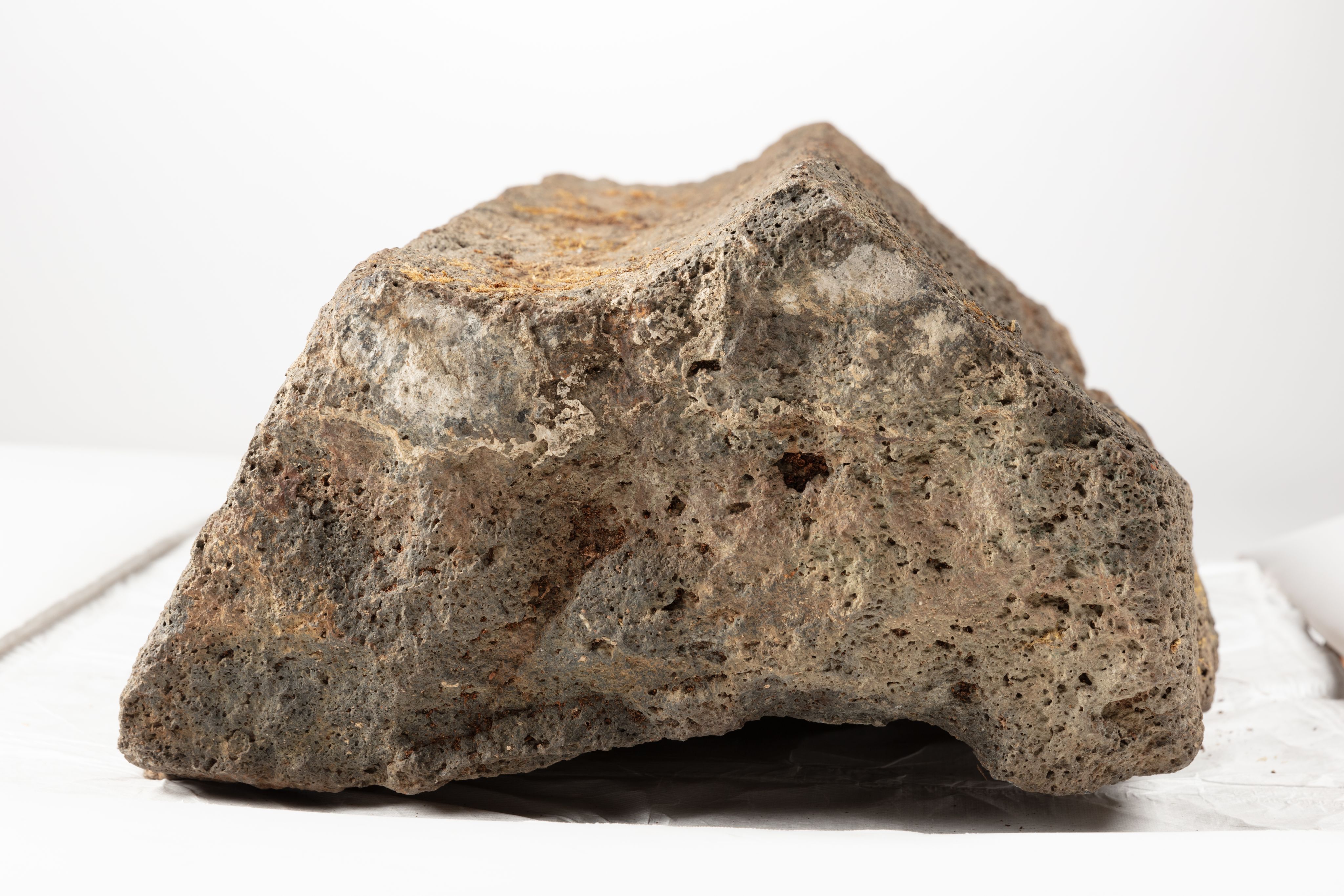
3d Scans
To start: press the play button. Move around: Left click + drag or One finger drag (touch). Zoom: Double click on model or scroll anywhere or Pinch (touch). Pan: Right click + drag or Two fingers drag (touch).
Images
Cranium, dog. From pound disposal in Waihorotiu creek. Associated with large dog collar. Collection of Auckland Museum Tāmaki Paenga Hira, AR8889.37, Auckland Museum CC BY
Cranium, dog. From pound disposal in Waihorotiu creek. Associated with large dog collar. Collection of Auckland Museum Tāmaki Paenga Hira, AR8889.37, Auckland Museum CC BY
Cranium, dog. From pound disposal in Waihorotiu creek. Associated with large dog collar. Collection of Auckland Museum Tāmaki Paenga Hira, AR8889.37, Auckland Museum CC BY
Cranium, dog. From pound disposal in Waihorotiu creek. Associated with large dog collar. Collection of Auckland Museum Tāmaki Paenga Hira, AR8889.37, Auckland Museum CC BY
Cranium, dog. From pound disposal in Waihorotiu creek. Associated with small dog collar. Collection of Auckland Museum Tāmaki Paenga Hira, AR8889.39, Auckland Museum CC BY
Cranium, dog. From pound disposal in Waihorotiu creek. Associated with small dog collar. Collection of Auckland Museum Tāmaki Paenga Hira, AR8889.39, Auckland Museum CC BY
Keystone, drain. Basalt keystone from brick barrel drain constructed circa 1872 in the Waihorotiu Creek. Collection of Auckland Museum Tāmaki Paenga Hira, 2006.x.194, Auckland Museum CC BY
Keystone, drain. Basalt keystone from brick barrel drain constructed circa 1872 in the Waihorotiu Creek. Collection of Auckland Museum Tāmaki Paenga Hira, 2006.x.194, Auckland Museum CC BY
Keystone, drain. Basalt keystone from brick barrel drain constructed circa 1872 in the Waihorotiu Creek. Collection of Auckland Museum Tāmaki Paenga Hira, 2006.x.194, Auckland Museum CC BY
Keystone, drain. Basalt keystone from brick barrel drain constructed circa 1872 in the Waihorotiu Creek. Collection of Auckland Museum Tāmaki Paenga Hira, 2006.x.194, Auckland Museum CC BY
Videos
Archaeologist Simon Best, with Lucy Mackintosh (Senior Research Fellow, Auckland Museum), and Emma Ash (Associate Curator, Archaeology), discusses the Te Wai Horotiu archaeological dig
Ropata Pāora of Ngāti Whātua Ōrākei discusses some of the objects found in the Te Wai Horotiu archaeological digs with Lucy Mackintosh (Senior Research Fellow, Auckland Museum), Kahutoi Te Kanawa (Curator, Pou Arahi) and Emma Ash (Associate Curator Archaeology)
Ropata Pāora of Ngāti Whātua Ōrākei discusses the dog pound site formerly in the Auckland CBD with Lucy Mackintosh (Senior Research Fellow, Auckland Museum), Kahutoi Te Kanawa (Curator, Pou Arahi) and Emma Ash (Associate Curator Archaeology)
Object Information
botanical, hinau berries, four, rat gnawed
Collections Online: https://www.aucklandmuseum.com/discover/collections/record/862824
keystone, drain
Collections Online: https://www.aucklandmuseum.com/discover/collections/record/654642
Related Objects
Freeman's Bay [Queen St from Victoria St]
Collections Online: https://www.aucklandmuseum.com/discover/collections/record/1073172
Ligar Canal, 13977, PH-ALB-2, No known copyright restrictions
Ligar Canal, 13977, PH-ALB-2, No known copyright restrictions
Ligar Canal
Collections Online: https://www.aucklandmuseum.com/discover/collections/record/1116485
Further Links
Auckland Libraries Heritage et AL. (2016, May 3). The Stinking City: Auckland’s cesspits and privies. Retrieved from https://heritageetal.blogspot.com/2016/05/the-stinking-city-aucklands-cesspits.html
Auckland Libraries Kura Heritage Collections. (1842). Plan of Auckland as it stood in January 1842 [Map]. Retrieved from https://kura.aucklandlibraries.govt.nz/digital/collection/maps/id/439/rec/2
Best, S. (1992, April). The Queen Street Gaol: Auckland's first Courthouse, Common Gaol and House of Correction (Site Rl 1/1559). Auckland Conservancy Historic Resource Series No.2. Heritage New Zealand Pouhere Taonga. Retrieved from https://heritage.nzdl.org/greenstone3/library/sites/hnz/collect/pdf-reports/index/assoc/Best18.dir/Best18.pdf
Clayworth, P. (2012, June 20). Prisons - Early prisons, 1840–1879. Te Ara - the Encyclopedia of New Zealand. Retrieved from http://www.TeAra.govt.nz/en/prisons/page-2
Davidson, J. (2023). Heavy metal. In Blood and Dirt. Bridget Williams Books. Retrieved from https://nzhistorycollection.bwb.co.nz/collection-books/9781991033413/heavy-metal
Haszard, F. (Co-Director), & Olsen, L. (Co-Director). (2015). Loading Docs 2015 - Waihorotiu [Film]. Notable Pictures. Retrieved from https://www.nzonscreen.com/title/loading-docs-waihorotiu-2015
Mathew, F. (Surveyor), & Bluett, T. (Lithographer). (1841). Plan of the town of Auckland, New Ulster, the capital of the colony of New Zealand [Map]. Auckland Libraries Kura Heritage Collections. Retrieved from https://kura.aucklandlibraries.govt.nz/digital/collection/maps/id/1634/rec/13
Further Reading
Jefferson, R. F. (1996, April). Ligar's Canal, Auckland. Auckland-Waikato Historical Journal, n.67, p.28-34.
